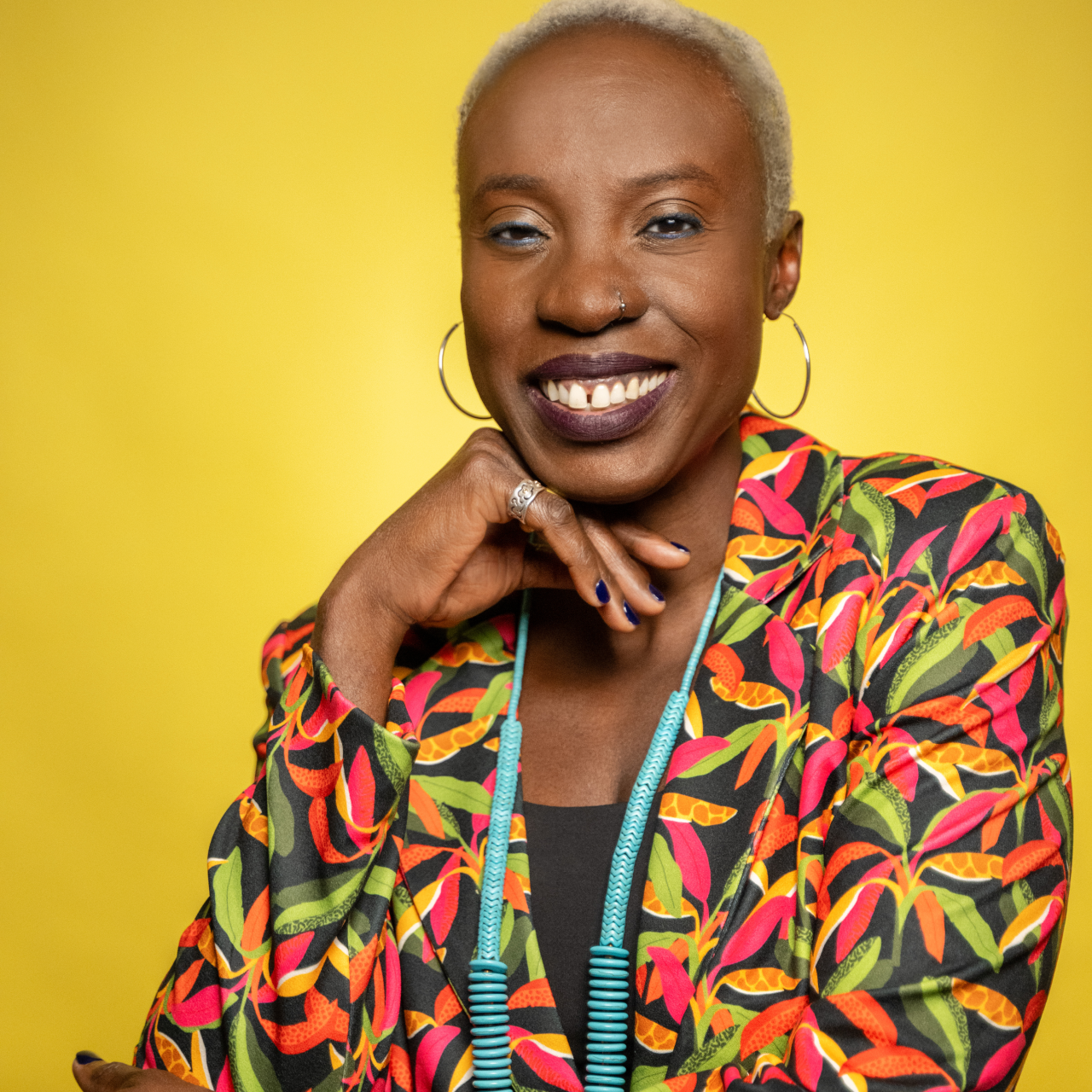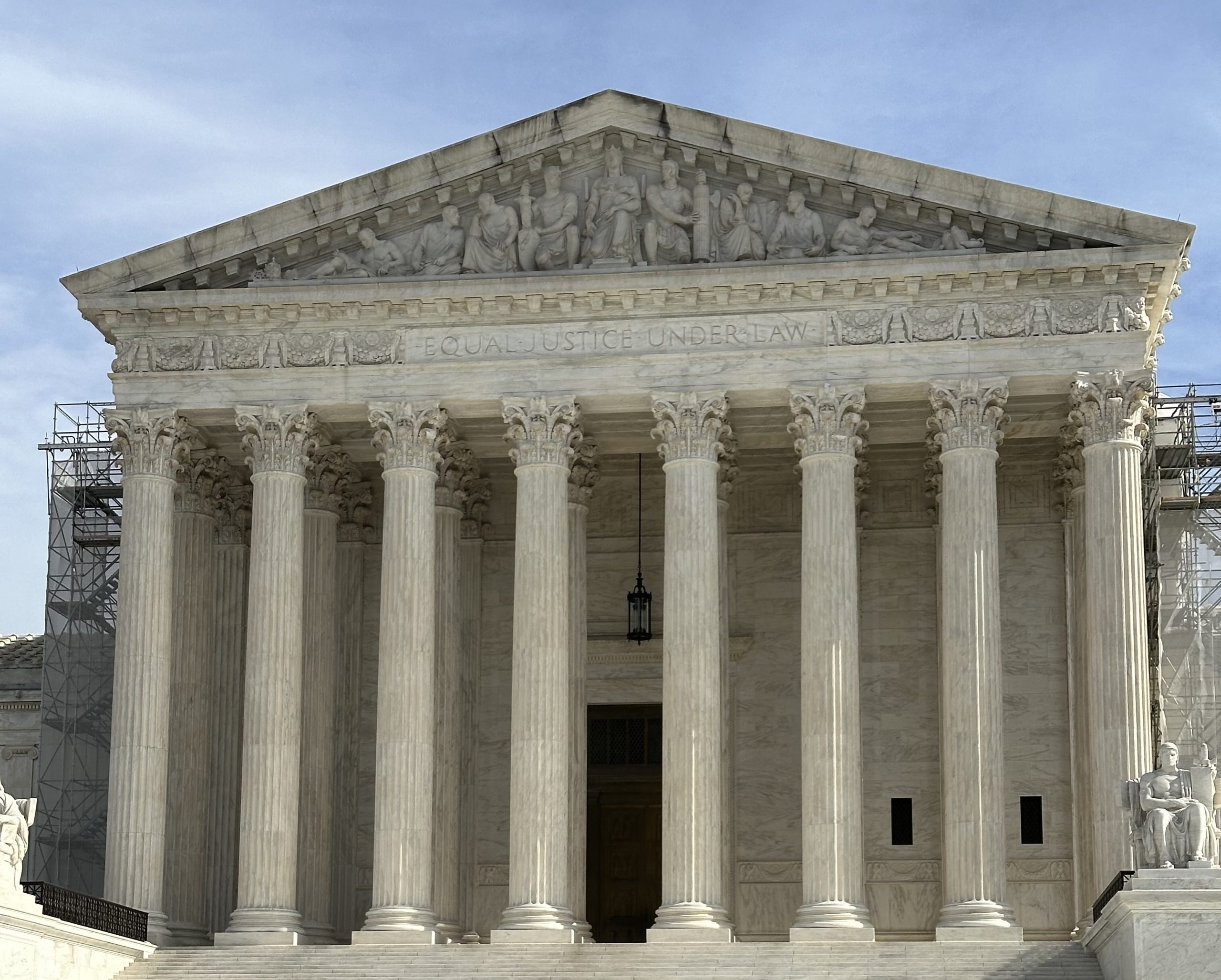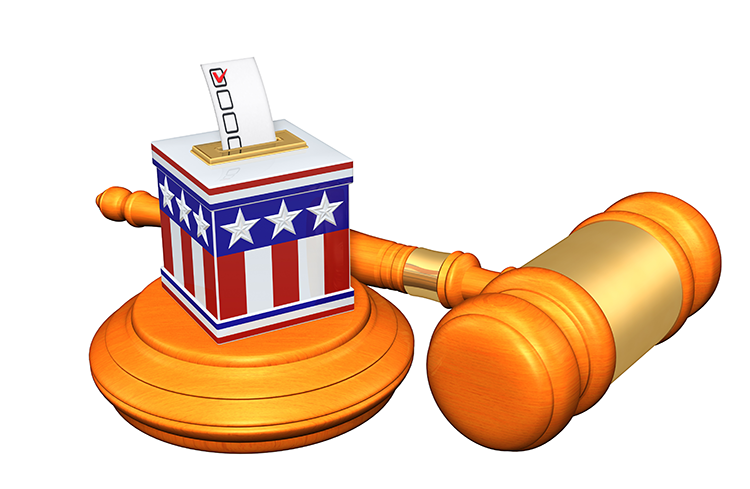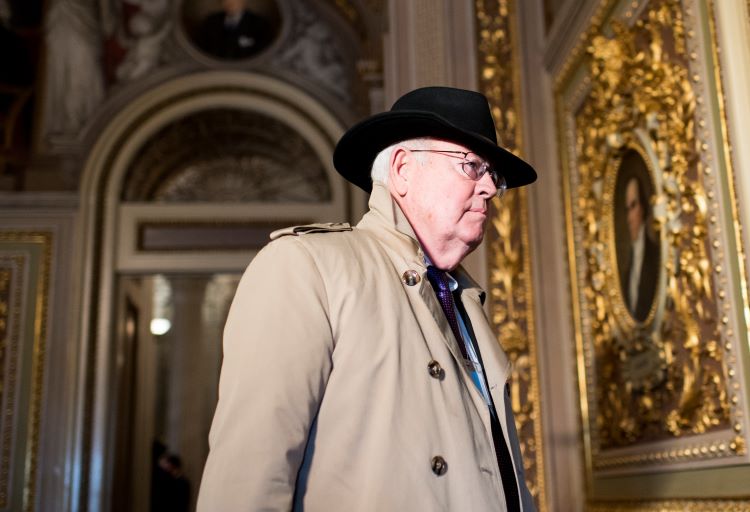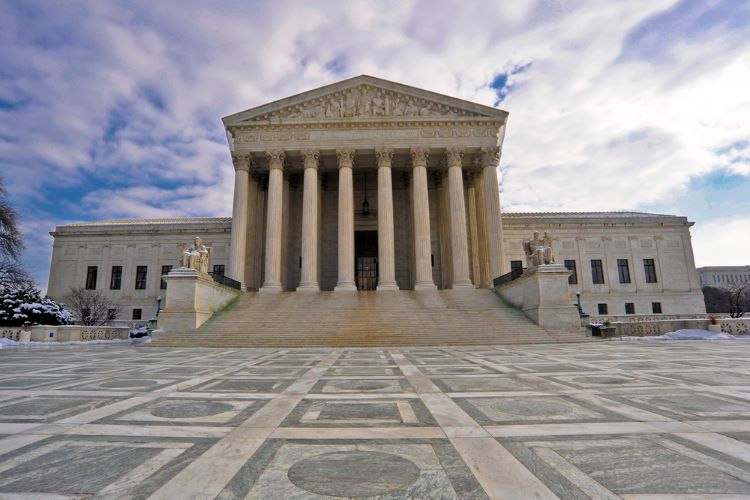What’s the key to community lawyering? Less lawyering and more community
On a two-week visit to Thailand with our program director to visit several True Costs Initiative grantee partners, including the Community Resource Centre Foundation, I learned that real community lawyering looks nothing like “traditional” lawyering, and it is precisely that characteristic that makes it such a potent tool for protecting environmental and human rights.
On one occasion, the teams drove to one of the rural communities being impacted by potassium mining in the Udon Thani province in the Isan region. We spent each day participating and listening in community consultations. Community representatives shared their experiences of being intimidated by the mining company and discussed community experiences before and after the company’s mining related activities.
The grassroot organization discussed its work with communities focusing on community mapping, while the foundation reiterated that the communities and representatives at this convening were the experts before sharing their legal expertise and their learning from other cases.
I left the meetings with a new perspective on what community lawyering looks like, clarity on why philanthropy has to deepen its support for community lawyering if we ever hope to make even a dent in the fight for corporate accountability and human and environmental rights, and the conviction that traditional lawyering (top-down in approach, lawyer-centered, “law-first” and nonholistic approaches tone deaf to communities’ self-determined strategies) has much to learn from community lawyering.
• Community lawyering means constant reintroduction. I watched these community lawyers regularly introduce and reintroduce themselves over the days that they spent with community members. At the beginning and the end of each meeting, they would state who they were, the issue, a succinct reminder of what they had promised to do at the last meeting, and what they had done to fulfill that promise.
Each time, they would end by restating their commitment to the community’s vision and strategy (not the lawyers’ vision or strategy). This constant reintroduction provided “bookends” for each day of the community meeting. This was masterful, not because it was mechanical but because it was honest, transparent and inherently accountable.
• Community lawyering means wearing a “lawyer invisibility cloak.” Effective community lawyering means that community members, not the lawyers, are the protagonists of their story and should be the architects of solutions developed. The lawyers at these meetings spoke for less than 20% of the time. It was easy for me to forget they were even there because they did not dominate the conversation. At times, the lawyers would say something to the effect of, “Now what do we want to do about this?” or “Which neighbors should we talk to about the potential impacts of this mining project, so we can help them make informed decisions?”
• Community lawyering makes space for more than a narrow view of facts. I observed in real time the community lawyers’ perspective that when you give people the space to tell their full stories, describe the facts that are important to them, and describe their lived experience in their words instead of through the prompting or limiting lens of “just tell us the pertinent facts”—an approach all too common in traditional lawyering—you create the environment for the most important, relevant and compelling facts to naturally arise.
They constantly encouraged community members, “Tell us your stories. This is how we learn what has happened. Tell us your stories, so we can lift them up.” Communities responded by opening up and sharing the fullness of the facts of their lived realities, and on several occasions, this made room for the lawyers to learn new facts, facts that they would hurriedly write down, acknowledge and otherwise make note of. They did not determine what “noise” was versus facts. They trusted communities to tell them what was important.
• Community lawyering may look more like community care and logistics and not a lot like traditional lawyering. On several occasions, it was mentioned that some of the biggest hurdles to community advocacy, participation and information were basic things, such as transportation. We heard how important it was to them that community lawyers ensured that community members had the ability and resources to go the courtroom on important dates for rulings or administrative decisions.
Even though several philanthropies are now touting more general operating grants in their portfolios, the majority of grants to human and environmental rights groups are still dedicated to specific program or project funding. That kind of funding may help on a specific campaign, but project- and litigation-specific funding cannot buy gas to get community members to a local courthouse.
Philanthropy (including ours) can be inclined to make several mistakes when it comes to supporting or “measuring” the impact of community lawyering by assuming that because lawyering is moderated by and for the community, it is “not strategic enough;” expecting that community lawyering (and anything with the word “community” before it) will organically propel and sustain itself without intention, care and investment; and romanticizing community lawyering and singing its praises when they speak of “trust-based philanthropy” but, ironically, not funding it the way that they fund litigation or eye-catching, “op-ed worthy” campaigns.
Community lawyering is inherently strategic and challenging. It should not be romanticized. Instead, it should be supported, funded and lauded in a way that reflects the tremendous emotional and strategic intelligence and enviable legal skill set that it takes to do it well.
There are public-interest law groups, NGOs and law firms and organizations that are committed to practicing law in this way despite how thankless, unseen and undercompensated they are, such as the Community Resource Centre Foundation, the Environmental Defender Law Center, Systemic Justice, the Vishnu Law Group, the Zimbabwe Environmental Law Association and the Foundation for Environment and Development.
They are committed to this type of lawyering because they know that this is the type of lawyering that is truly steeped in accountability, that those who live with the problems own the strategy and the lawyering that accompanies it, and that communities should be in the lead when it comes to using litigation in their campaigns for justice.
Community lawyering affirms the preeminence of the community desires, community strategy and community vision for their future when it comes to holding corporations accountable. Traditional lawyering has to take a page from that book.
Conniel Malek is a proud daughter of the Caribbean and the founding executive director of True Costs Initiative, an organization that has become a leader in the philanthropic and human rights space through her leadership and vision. A graduate of the University of Virginia School of Law, Malek also practiced corporate law for a decade before founding True Costs Initiative.
ABAJournal.com is accepting queries for original, thoughtful, nonpromotional articles and commentary by unpaid contributors to run in the Your Voice section. Details and submission guidelines are posted at “Your Submissions, Your Voice.”
This column reflects the opinions of the author and not necessarily the views of the ABA Journal—or the American Bar Association.

